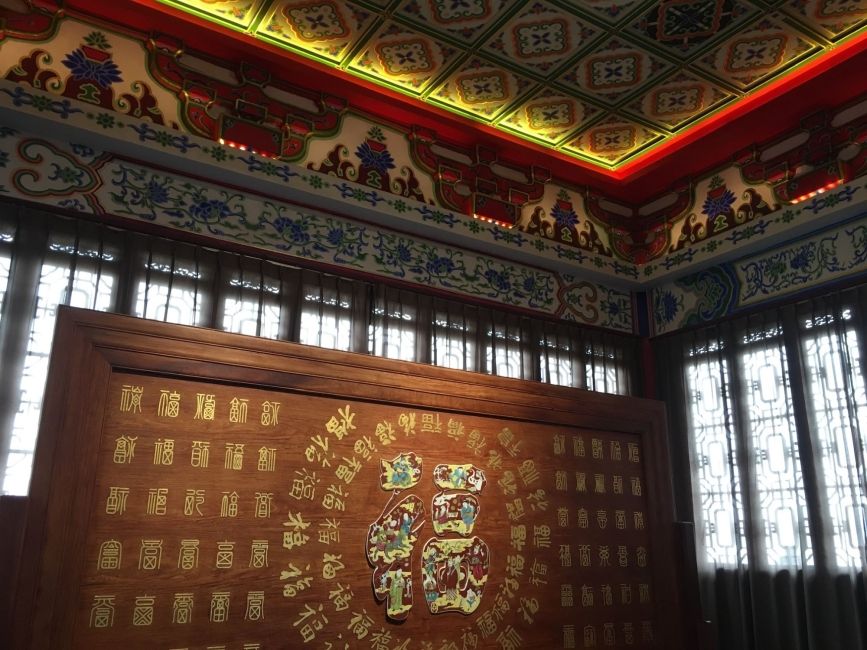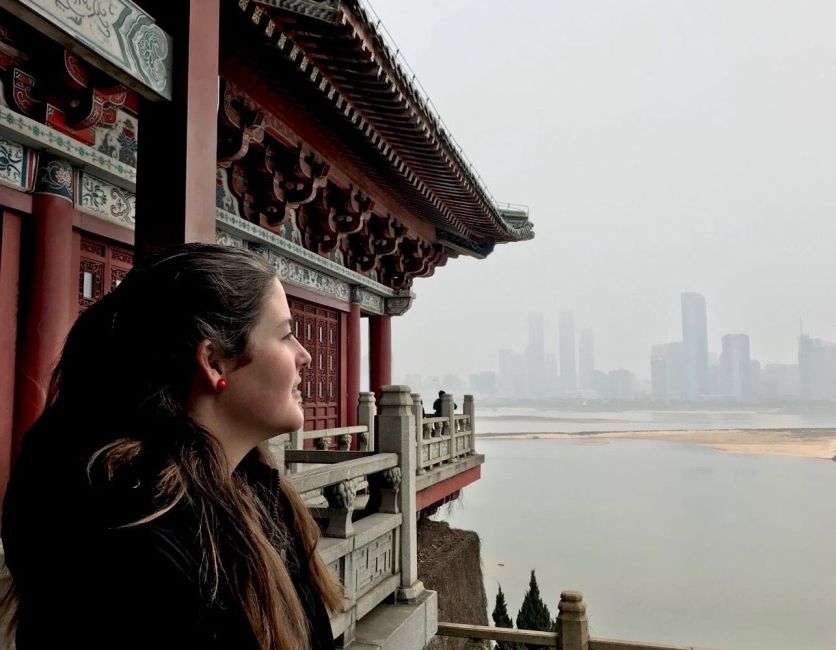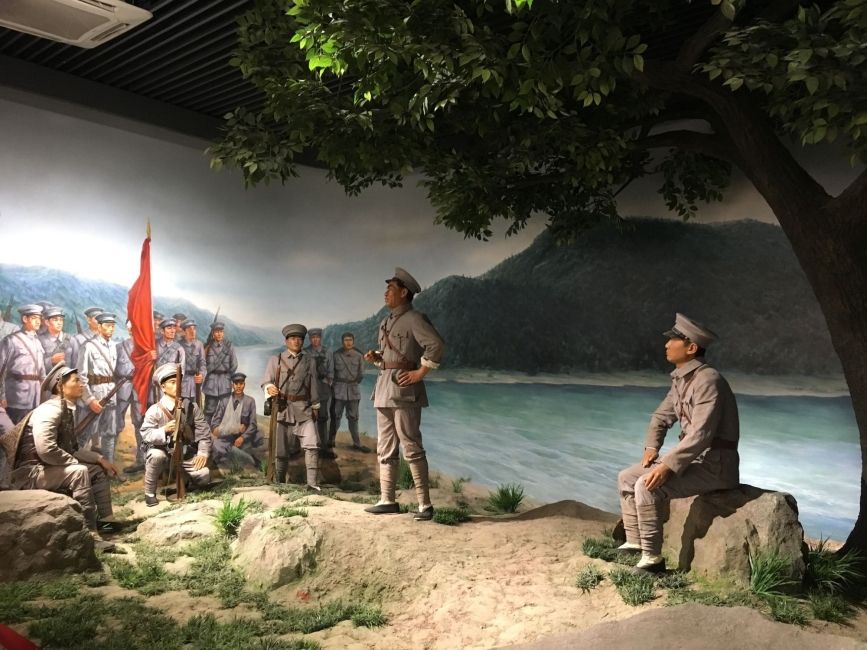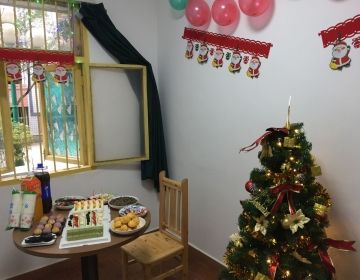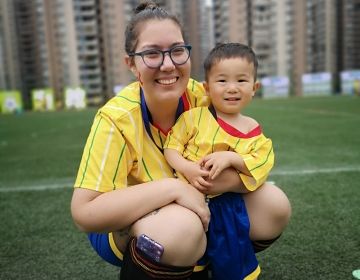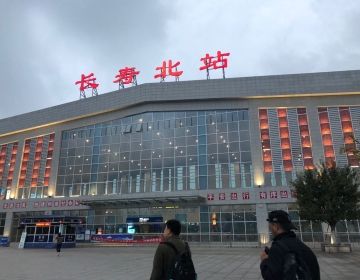A FAMILY VISIT
Sometimes I forget that I haven’t lived in China my whole life. I know this sounds silly because, of course, I’ve only been in China since October, but having my grandparents and their two friends in Nanchang for a few days threw into sharp relief just how much I have assimilated to life here in that short time.
For instance, I did not even consider that my visitors would be unable to use chopsticks effectively. Nor did I realize that I had become accustomed to the stark language barrier. People in China don’t speak English. They speak Chinese – they all learn Mandarin, but usually they speak the dialect of their own province or city. My students speak English because they are English and translation majors currently attending college. Occasionally there is a hotel manager with English skills, or a cashier at a Western brand store that can use a little English to help you, but mostly people speak Chinese and you have to do your best to communicate when you want or need something. For me, that means learning key words and phrases during my time here, but for my grandparents it meant using body language and hoping for the best (and then relying on me and my poor Chinese skills to translate… yeah, good luck with that).
Considering the rainy weather, the language barrier, and the sudden realization that I would be subjected to a multitude of questions that I didn’t have the answer to, we had quite a good time! We visited Tengwang Pavilion across the river, which I had not previously been to. It is one of the famous sites of Nanchang, and it’s large and beautiful! The only fun fact I knew before visiting is that the structure has been rebuilt several times, so I was able to learn a lot more that day. The site of Tengwang Pavilion includes the pavilion itself filled with artifacts and information, the gardens surrounding the many structures, and a superb view of the river (on a sunnier day). We also visited the Bayi Memorial museum during the weekend, which memorializes the Nanchang Uprising led by the Chinese Communist Party on August 1, 1927. I have now been there three times, but this time I had my trusty colleague present to provide additional information, and four extra Americans to offer their comments. I learn something new every time I go, so I expect to visit at least once more before I leave this city!
In addition to learning a bit of Chinese history during our adventures, my grandparents learned more about Chinese people, especially those who live in a smaller (hah!) city like this one and who rarely see foreigners… they want lots of pictures! For the most part I’ve gotten used to strangers approaching me on the street asking for a selfie, but it was a new experience for my four companions. It was kind of nice to deflect the attention to other people for once. When they visited my classrooms the students attempted to be a bit more discreet, but there were still a handful that approached for photos at the end of class.
It was a great opportunity for my students and my four American companions to be able to meet each other. The students listened to four voices that differ from my own, and benefitted from it in many ways. Not only did they listen to these voices, but they asked questions about daily life in America and my grandparents’ hobbies. In return, my grandparents asked a few questions of their own about the students’ daily lives and activities here in China. We were able to generate some good discussions, and I was very proud of my students who spoke confidently and clearly in a new situation. We’re all hoping that my grandparents and their friends are enjoying the rest of their travels through China. Meanwhile, the students are improving daily!
Related Posts
Happy Holidays!!
The beginning of December did not start very well for me. I got a severe stomach bug that lasted for over two weeks, and I was homesick at the same... keep reading
Alumni Spotlight: Hannah P.
After competing her undergrad in elementary education at Wichita State University, Hannah P. decided to expand her worldview of education and start her journey teaching English and China! Her intentions... keep reading
Traveling Around China as a Foreigner
Traveling around China can be intimidating at first. There are so many people, over 30 million people in the Chongqing municipality alone, a stifling language barrier, and more traffic than... keep reading
